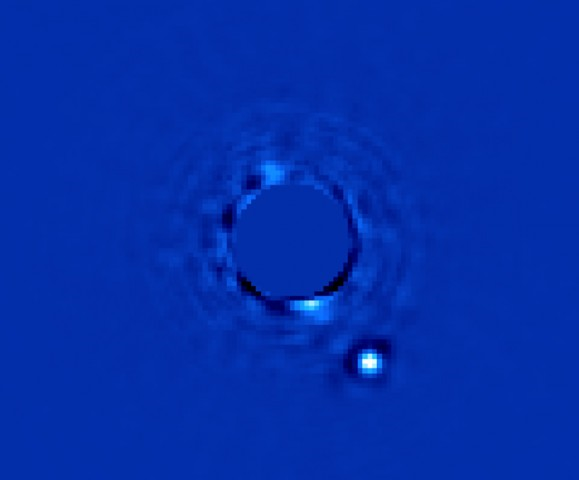Winner
Diverse in Unity
How can a frozen planet be considered to orbit within the habitable zone? Maybe I don't really know what that term specifically refers to.
Well, as it is commonly understood it refers to a zone around the star where liquid water on planetary surfaces is possible under the right conditions.
In our Solar System, three planets are in/at the fringe of the habitable zone: Venus (likely on the inner end of the habitable zone); Earth and Mars (within the habitable zone). However, the specific circumstances concerning the size, physical characteristics and atmospheric composition caused two of the three to be not habitable.
Venus because of its weird rotation and the lack of magnetic field; Mars because it was too small to hold on an atmosphere dense enough to remain habitable for more than a few hundred million years.
So, the fact that a planet orbits within the star's habitable zone doesn't mean that it actually is habitable - it may be a hothouse hell like Venus or frozen desert like Mars, and who knows what else.








